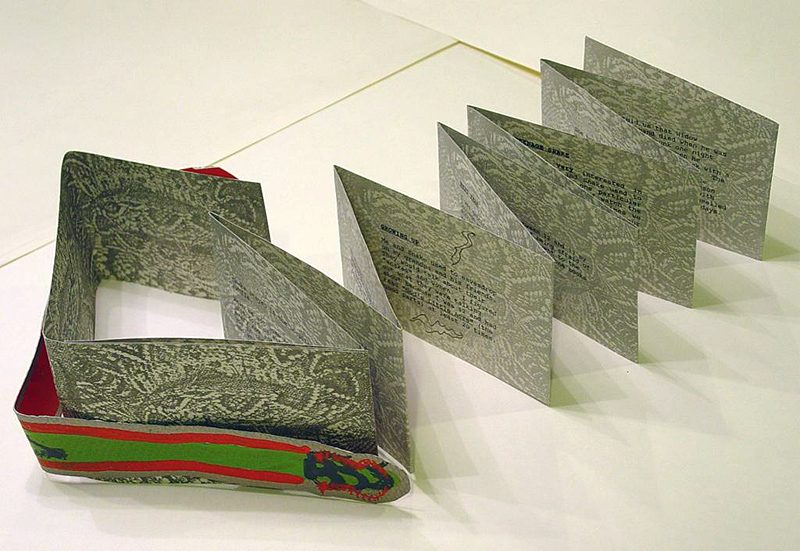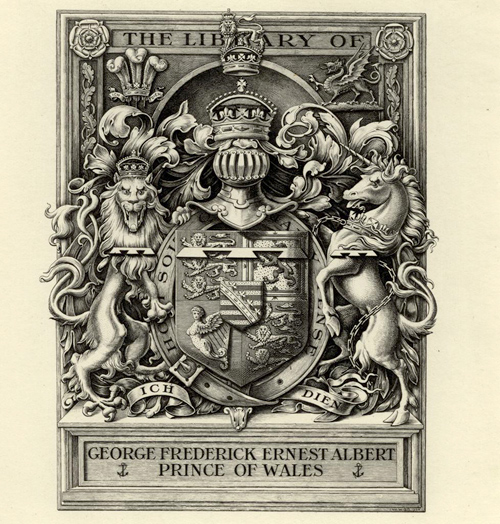Editor’s note: this post was updated to include current information about Artstor’s platform for public collections.

Nursing Program Students, 1949. Courtesy of Santa Rosa Junior College Archives.
At the end of 1917, the Federated Home & School Association of Santa Rosa sent a recommendation to the local Board of Education to form a junior college. The following fall, Santa Rosa Junior College offered its first classes at the Santa Rosa High School. Its student body numbered only 19, with eight educators. It would take another 13 years before the College could boast a faculty of its own.
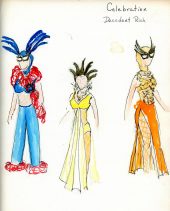
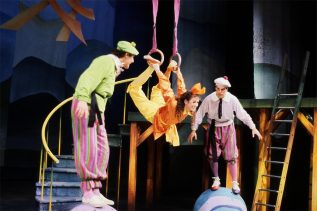
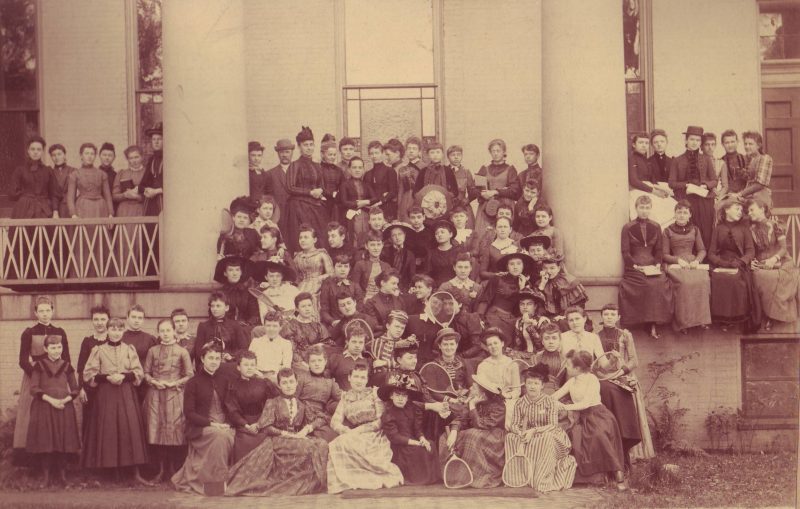
 Earlier this summer we announced that with $2.2 million in support from the Andrew W. Mellon Foundation, Artstor and the Council of Independent Colleges (CIC) will support the digital documentation of collections held by 42 liberal arts colleges and universities. The Consortium on Digital Resources for Teaching and Research, as the project is known, subsidizes the use of
Earlier this summer we announced that with $2.2 million in support from the Andrew W. Mellon Foundation, Artstor and the Council of Independent Colleges (CIC) will support the digital documentation of collections held by 42 liberal arts colleges and universities. The Consortium on Digital Resources for Teaching and Research, as the project is known, subsidizes the use of 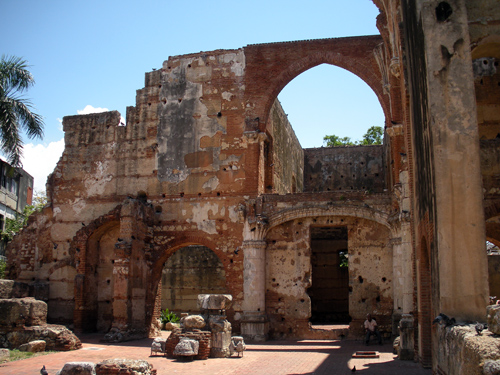
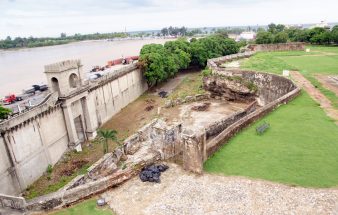

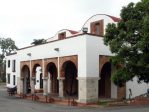
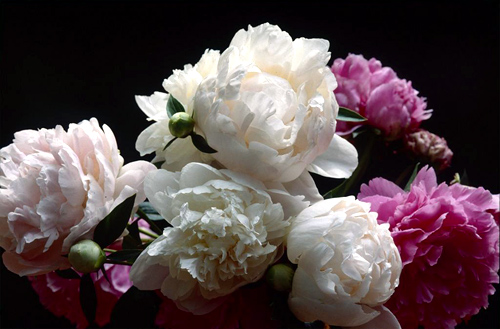
 Artstor announces the first four recipients of a new initiative to preserve and increase the availability of at-risk collections. The selected projects are:
Artstor announces the first four recipients of a new initiative to preserve and increase the availability of at-risk collections. The selected projects are: